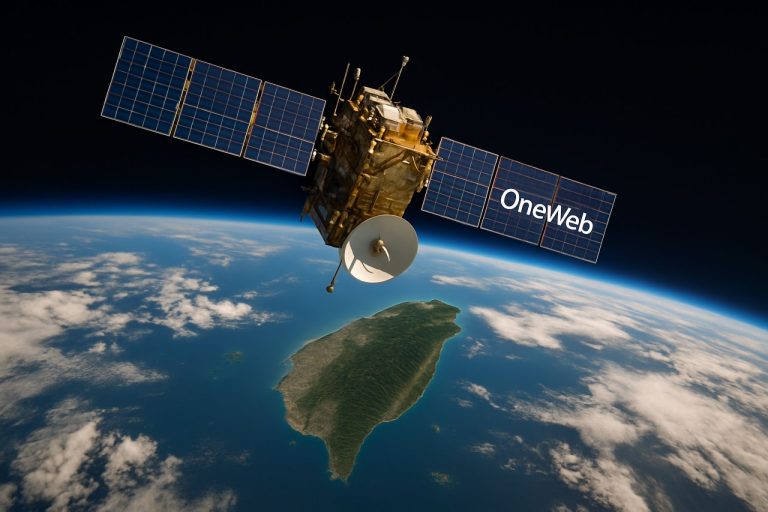
Virgin Australia’s High-Stakes Market Comeback: $685M IPO Set to Shake Up Qantas Rivalry in 2025
Virgin Australia returns to the ASX in a blockbuster IPO, aiming for a $2.3B valuation. Discover what this means for investors and staff in 2025.
- $685M to be raised in Virgin’s IPO
- 236.2M shares hitting the market
- June 24: Official ASX relisting date
- $2.3B expected market cap
Brisbane Airport just witnessed the dawn of a new era for Virgin Australia. Bain Capital has officially set June 24 as the airline’s much-anticipated return to the Australian Securities Exchange (ASX), capping a five-year transformation since its pandemic-driven collapse.
Virgin’s revival comes with a hefty initial public offering: the company is eyeing $685 million in fresh funds, injecting new momentum into an increasingly competitive aviation landscape. The relisting values Virgin Australia at an impressive $2.3 billion, giving it a fighting chance against arch-rival Qantas—trading at a notable 30% premium by comparison.
The boardroom reshuffle is complete, too. Dave Emerson, previously the chief commercial officer, now leads as CEO after Jayne Hrdlicka’s departure. Meanwhile, foreign investment remains strong; Qatar Airways, greenlit by the Australian government, retains a formidable 23% stake.
Q: What Does Virgin Australia’s IPO Mean for Investors?
For equity-hungry investors, the Virgin Australia relisting opens up 236.2 million shares at $2.90 each. Brokerages are set to offload 30% of the total stock to new investors. Private equity giant Bain Capital will cut its holding to 40% but won’t offload any shares until after full-year results in December. If share prices hit certain milestones, Bain may release an additional 10% for sale.
The capital inflow is earmarked for future growth and network expansions, as Bain and other shareholders—such as Virgin Group and Queensland Investment Corp—seek to build on recent profitability. Staff are also in on the action: eligible employees will receive a $3,000 “Take-Off Grant” in share rights, providing a direct incentive to ride out the vesting period.
How Did Virgin Australia Get Here?
Virgin’s journey has been nothing short of turbulent. Delisted in 2020 after collapsing into administration due to pandemic restrictions, the airline was rescued by Bain Capital. Over the past five years, Bain steered the carrier back to profitability, culminating in a $730 million capital return to stakeholders in 2023.
The IPO is not just a financial maneuver—it’s a bold statement about the future of air travel in Australia. For more on IPO trends, visit Australian Financial Review or get updates from ASX directly.
Q: What’s Next for Virgin Australia Post-IPO?
All eyes are on market reception. With a refreshed leadership team, new capital, and robust institutional backing, Virgin Australia is poised to ramp up routes and services throughout 2025. Shareholders can expect continued innovation in customer experience and sustainability—key selling points in a competitive sector.
Qantas remains the valuation benchmark, but with Bain’s steady hand and Qatari investment, Virgin is betting big on growth. For global aviation trends, check out Reuters or explore market movers on Bloomberg.
How Can Employees and Shareholders Benefit?
Staff will receive share rights, with no upfront payment required. These convert to ordinary shares after 24 months if employment continues, giving employees a real stake in Virgin’s success. Investors can bid for shares until Thursday afternoon before the anticipated ASX debut on June 24.
Ready to Board? Don’t Miss Out on Australia’s Biggest Airline IPO of 2025!
- Mark your calendar: June 24—Virgin relists on the ASX
- Interested in shares? Place your bid before Thursday
- Employees—check eligibility for your $3,000 “Take-Off Grant”
- Follow market updates for post-IPO share movements
Stay tuned and follow reputable business sources for breaking developments on this historic aviation comeback!



